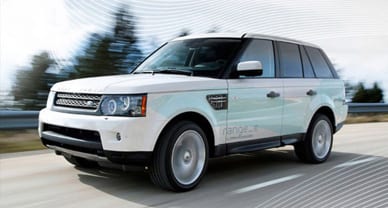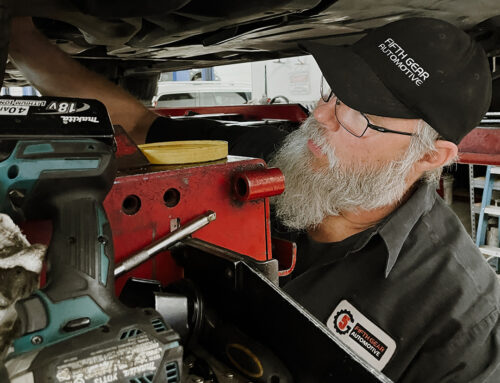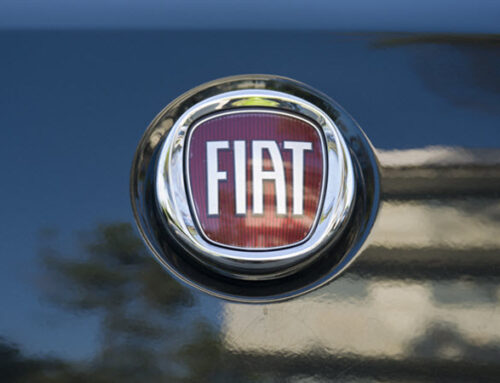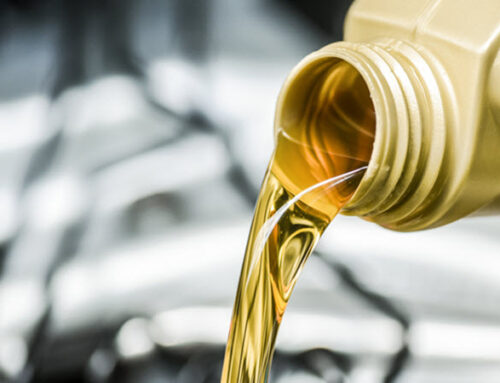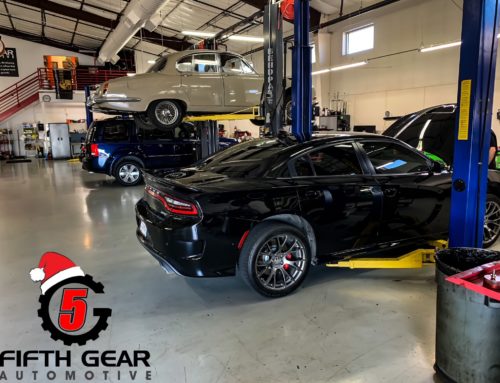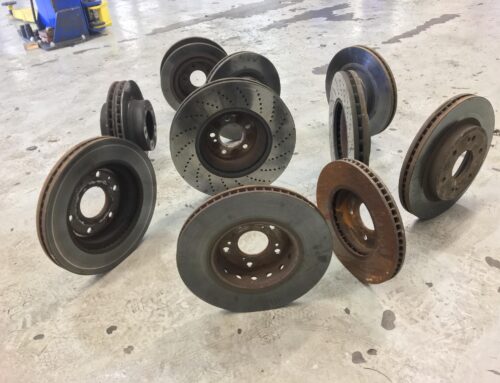A hybrid vehicle uses two or more distinct power sources to move the vehicle, usually an internal combustion engine and one or more electric motors. Hybrid technology can come in a range of size vehicles, from compact two-seaters to nine-passenger full-size SUVs. Hybrid SUVs have grown in popularity in the last decade for their fuel-efficiency, luxury features, and environmental footprint without sacrificing room in the vehicle.
What all hybrid SUVs have in common is the ability to generate electric current, store it in a large battery and use that current to help drive the car. They capture electrical energy produced by a regenerative braking system, and their engines can power a generator, too. They can conserve energy by shutting down the internal combustion engine when the vehicle is in park, idling at a light, stopped in traffic, or when the electric hybrid engine’s energy is sufficient to drive the vehicle without assistance from the internal combustion engine (ICE). This means that city driving, like any regular Dallas or Fort Worth drive, is constantly charging the hybrid engine which greatly increases the fuel economy – sometimes up to 70%!
There is no difference in repair of hybrid SUVs except that the brake pads tend to last much longer because they don’t get used as much. When the driver applies the brakes, the electric motor turns into a generator, and the magnetic drag slows the vehicle down. The regenerative brakes actually capture energy and turn it into electricity used to charge the battery that provides power to an electric motor. You can actually go the life of the vehicle without changing brake pads! That’s a huge help with the inevitable start/stop traffic in Dallas and Fort Worth.
And more than just fuel economy and brake maintenance, Hybrid SUVs and other vehicle emissions today are getting close to or even lower than the recommended level set by the EPA, which is a great incentive for urban residents. Hybrid vehicles can reduce air emissions of smog-forming pollutants by up to 90% and cut carbon dioxide emissions in half.

